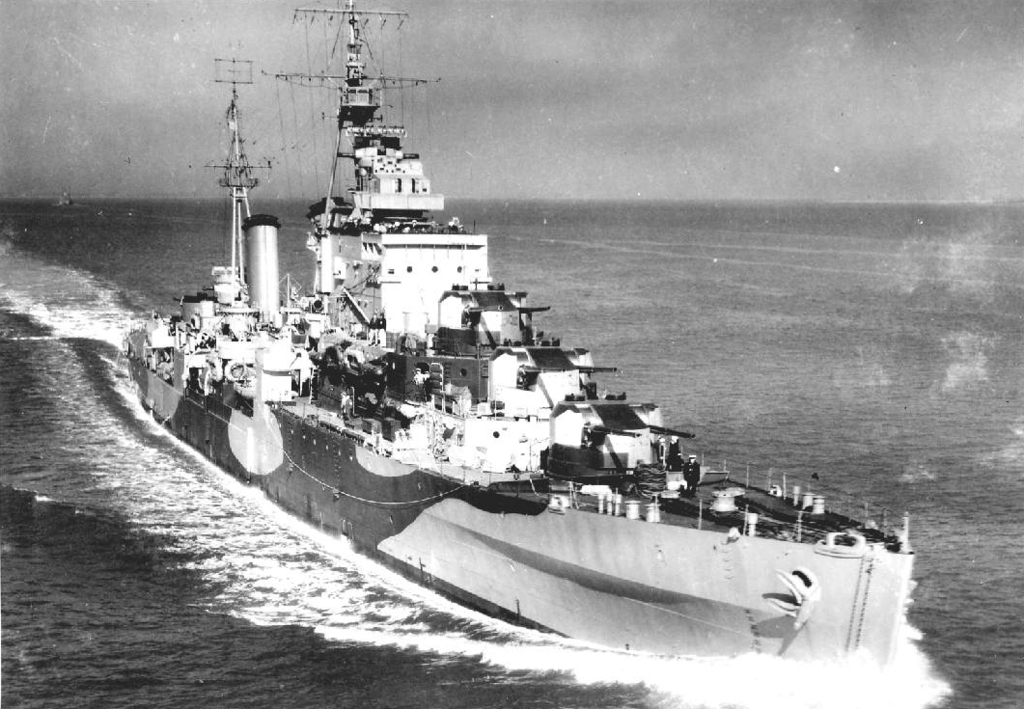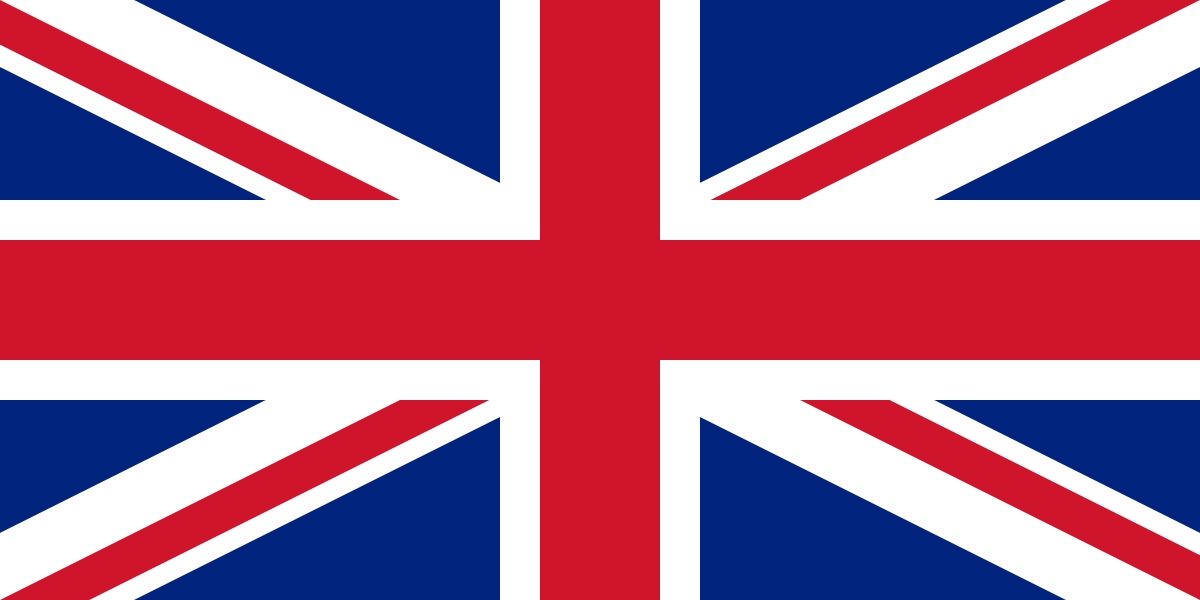History: The Dido class was a class of sixteen (including the Bellona sub-class) light cruisers built for the Royal Navy. The design was influenced by the Arethusa-class light cruisers. The first group of three ships was commissioned in 1940, the second group (six ships) and third group (two ships) were commissioned in 1941–1942. The Bellona-class ships commissioned between 1943 to 1944. Most members of the class were given names drawn from classical history and legend.
The class were intended to be armed with ten 5.25 inch (133 mm) guns in five twin turrets, which were of the same circular design as the secondary armament in the King George V-class battleships. A shortage of the guns, due to difficulties in manufacturing them, led to the first group being armed with only eight 5.25 inch guns in four twin turrets. The fifth twin turret was added later to Dido only. The first group was also armed with a 4 inch (102 mm) gun and two quadruple QF 2 pounder (40 mm) "pom-poms".
The second group had the five twin 5.25 inch guns but did not have the 4 in (102 mm) gun. The third group's armament was changed due to the shortage of 5.25 in guns, being armed with eight 4.5 inch (113 mm) guns in four twin turrets instead. The 4.5 inch gun was better suited to the primary anti-aircraft role of the Dido class. The 4.0 inch (102 mm) gun was also fitted and the 2 pounder armament was increased from eight to ten.
The Bellona subclass differed in appearance somewhat from their predecessors. They had eight 5.25 inch (133 mm) RP10MkII guns in four twin turrets and had greatly improved anti-aircraft armament, with twelve 2 pounder guns and twelve Oerlikon 20 mm cannons. The bridge of the Bellona class was lowered by one deck compared to the previous three groups, which allowed full radar control to be fitted to the 5.25 inch (133 mm) turrets and 2 pounders, due to the decreased topweight. These ships used the HACS high angle fire control system. The two funnels were more upright than the raked ones of the original Dido class.
In World War II, the Dido class saw much action, including the battle of Cape Matapan, the Second Battle of Sirte, Operation Torch, Operation Overlord and the battle of Okinawa, as well as many other duties in the Mediterranean and Pacific. The class lost five ships during the war (Bonaventure, Charybdis, Hermione, Naiad, and Spartan); in addition Scylla was badly damaged by a mine and declared a Constructive Total Loss. The post-war survivors continued in service; all were decommissioned by the 1960s. Bellona, Black Prince and Royalist were lent to the Royal New Zealand Navy post-World War II. In 1956, Diadem was sold to Pakistan and renamed Babur.
The class were intended to be armed with ten 5.25 inch (133 mm) guns in five twin turrets, which were of the same circular design as the secondary armament in the King George V-class battleships. A shortage of the guns, due to difficulties in manufacturing them, led to the first group being armed with only eight 5.25 inch guns in four twin turrets. The fifth twin turret was added later to Dido only. The first group was also armed with a 4 inch (102 mm) gun and two quadruple QF 2 pounder (40 mm) "pom-poms".
The second group had the five twin 5.25 inch guns but did not have the 4 in (102 mm) gun. The third group's armament was changed due to the shortage of 5.25 in guns, being armed with eight 4.5 inch (113 mm) guns in four twin turrets instead. The 4.5 inch gun was better suited to the primary anti-aircraft role of the Dido class. The 4.0 inch (102 mm) gun was also fitted and the 2 pounder armament was increased from eight to ten.
The Bellona subclass differed in appearance somewhat from their predecessors. They had eight 5.25 inch (133 mm) RP10MkII guns in four twin turrets and had greatly improved anti-aircraft armament, with twelve 2 pounder guns and twelve Oerlikon 20 mm cannons. The bridge of the Bellona class was lowered by one deck compared to the previous three groups, which allowed full radar control to be fitted to the 5.25 inch (133 mm) turrets and 2 pounders, due to the decreased topweight. These ships used the HACS high angle fire control system. The two funnels were more upright than the raked ones of the original Dido class.
In World War II, the Dido class saw much action, including the battle of Cape Matapan, the Second Battle of Sirte, Operation Torch, Operation Overlord and the battle of Okinawa, as well as many other duties in the Mediterranean and Pacific. The class lost five ships during the war (Bonaventure, Charybdis, Hermione, Naiad, and Spartan); in addition Scylla was badly damaged by a mine and declared a Constructive Total Loss. The post-war survivors continued in service; all were decommissioned by the 1960s. Bellona, Black Prince and Royalist were lent to the Royal New Zealand Navy post-World War II. In 1956, Diadem was sold to Pakistan and renamed Babur.
Type: Cruiser
SubType: Light Cruiser
Primary Country: The United Kingdom, made up of England, Scotland, Wales and Northern Ireland, is an island nation in northwestern Europe. England – birthplace of Shakespeare and The Beatles – is home to the capital, London, a globally influential centre of finance and culture. England is also site of Neolithic Stonehenge, Bath’s Roman spa and centuries-old universities at Oxford and Cambridge.
Item Links: We found: 2 different collections associated with Dido - Cruiser
- Collection Warship Classes: 1 different items.
- Collection Warships: 2 different items.
Item created by: Lethe on 2019-03-20 12:17:24. Last edited by gdm on 2019-04-03 08:48:44
If you see errors or missing data in this entry, please feel free to log in and edit it. Anyone with a Gmail account can log in instantly.
If you see errors or missing data in this entry, please feel free to log in and edit it. Anyone with a Gmail account can log in instantly.








